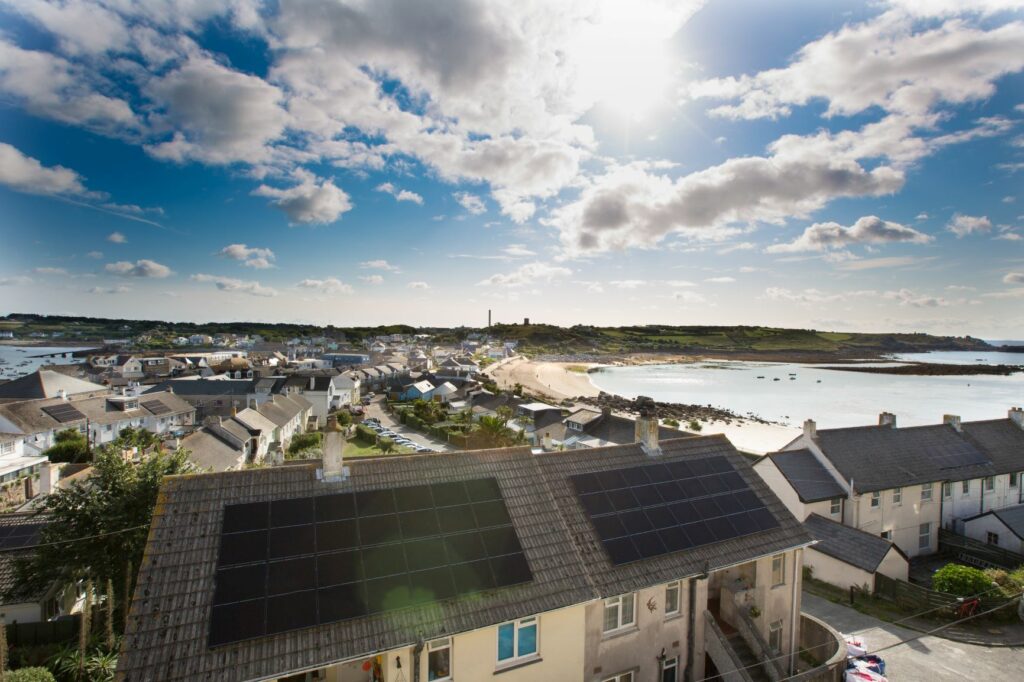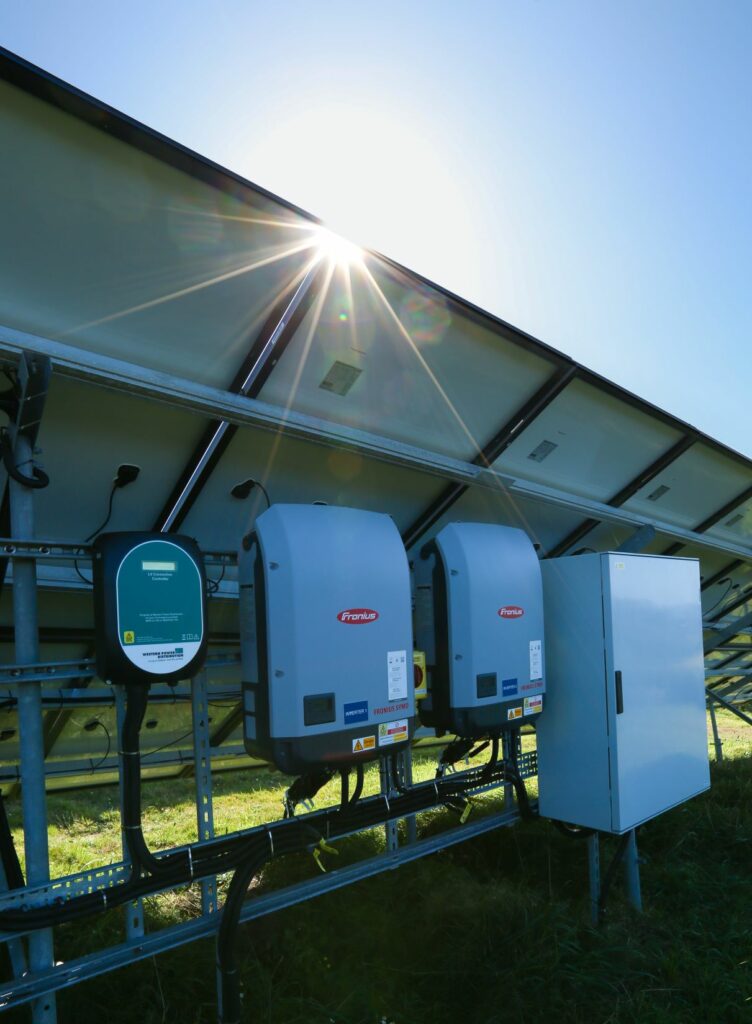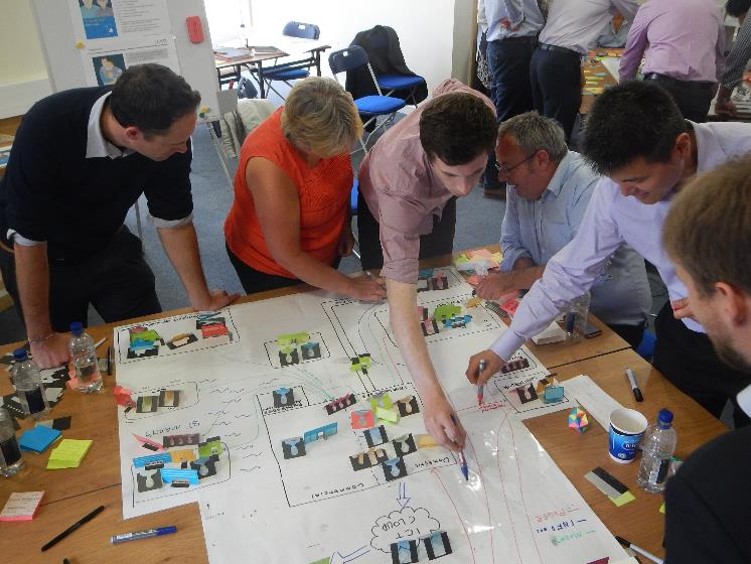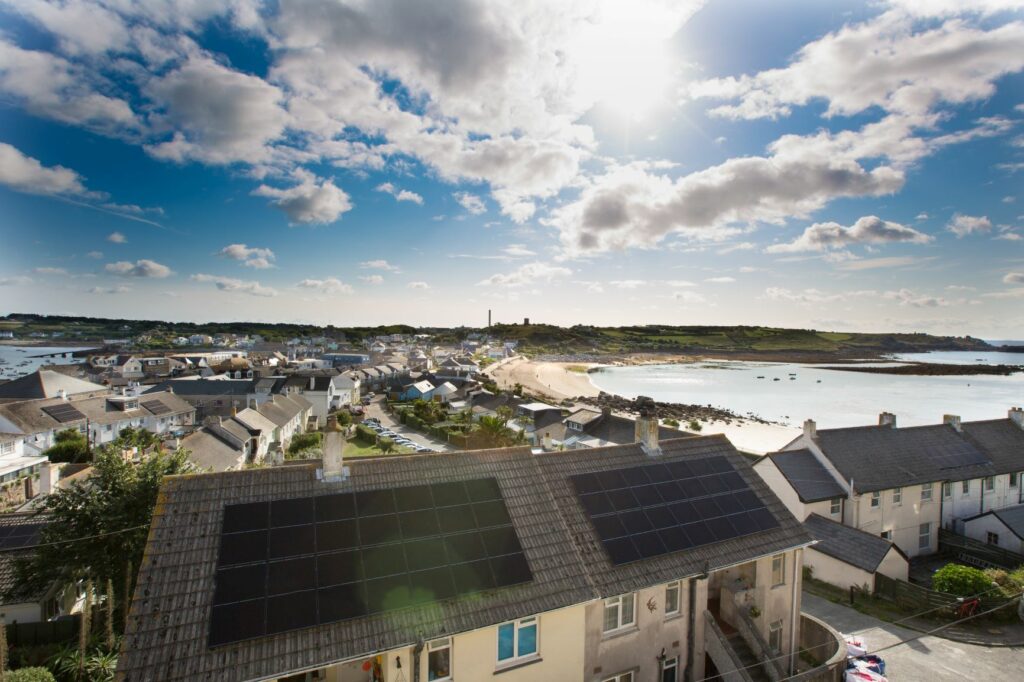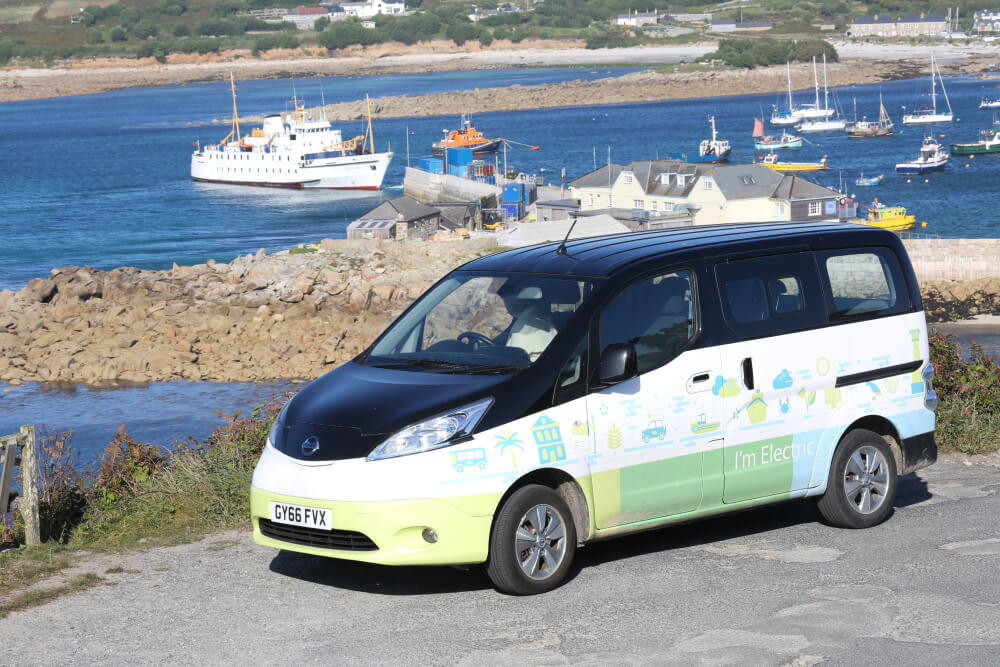Follow these links to find out more about the project
Smart Islands
With support from the European Regional Development Fund, Smart Energy Islands uses technology, including Hitachi’s Internet of Things platform and AI, to reduce the carbon footprint of the Isles of Scilly whilst optimising locally produced, renewable energy.



